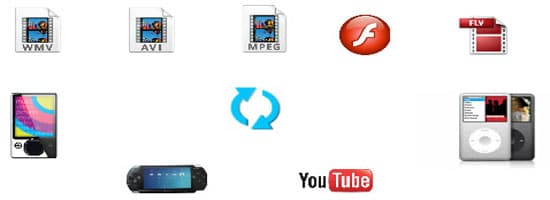Video Conversion
Standard Video Conversion | NTSC PAL SECAM | Foreign Video To DVD | Transfer Services
High Definition Services:
- AVID HD Editing
- HD windows media video and Quicktime video
- HD Down Conversion or Up Conversion
- HD Duplication.
- HD Closed Captioning.
- HD Cross Conversion.
- HD DVD Creation

Convert any master tape to your desired format by using state of the art Alchemist Ph.C.
The converted is indistinguishable from the original master.
The newest version Alchemist Ph.C, offers full performance Ph.C motion-compensated conversion of video-originated material. Producing clear and crisp outputs from the widest range of video input material, the Alchemist Ph.C’s highly integrated design offers both analog composite and digital video I/Os. It accepts and outputs 525/625 line serial digital video (SDI) with embedded audio and as well as all composite analog standards, which are processed by an advanced 12-bit video decoder featuring patented Snell & Wilcox “Golden Gate” technology. Composite outputs are produced by an advanced 12-bit over sampled video encoder with gamut limiter, to ensure the highest quality signals.
What Are NTSC, PAL, SECAM?
For those wondering about NTSC, PAL, SECAM, here's the scoop:
Three different video formats are used across the globe, including NTSC, PAL, SECAM, each incompatible with the other.
NTSC - which stands for National Television System Committee - was the first color television broadcast system used in North America and Asia.
Phase Alternating Line format, or "PAL" for short, was developed in the early 60's, and is used in Australia and Western Europe. PAL provided an improved picture quality thanks to its increased bandwidth.
SECAM - which is short for Sequential Couleur Avec Memoire (translated "sequential color with memory"), is used in France and Eastern Europe. The color data is transmitted sequentially with SECAM, even though it uses the same bandwidth as PAL.
What Are the Differences Between Each Format?
The field timing reference signals of each video format tell the receiver or TV that a stream of images is coming for the next picture. The frequency of the AC current is used as the source for timing for TV equipment thanks to its quick availability. The AC current across the world comes in either 50Hz or 60Hz, which is the reason for different video formats - 25 frames/sec and 30 frames/sec, respectively.
Adding color to the picture changed things, which is why PAL was developed. Formats in 60Hz were changed to 59.94Hz, which required a solution. PAL was introduced to help correct any shifting in the color sub-carrier phase within the signal itself.
France came up with their own version to fix the color problem, which is when SECAM was introduced. Eastern European countries also began using this format, possibly politically-fueled to be incompatible with western transmissions on purpose.
